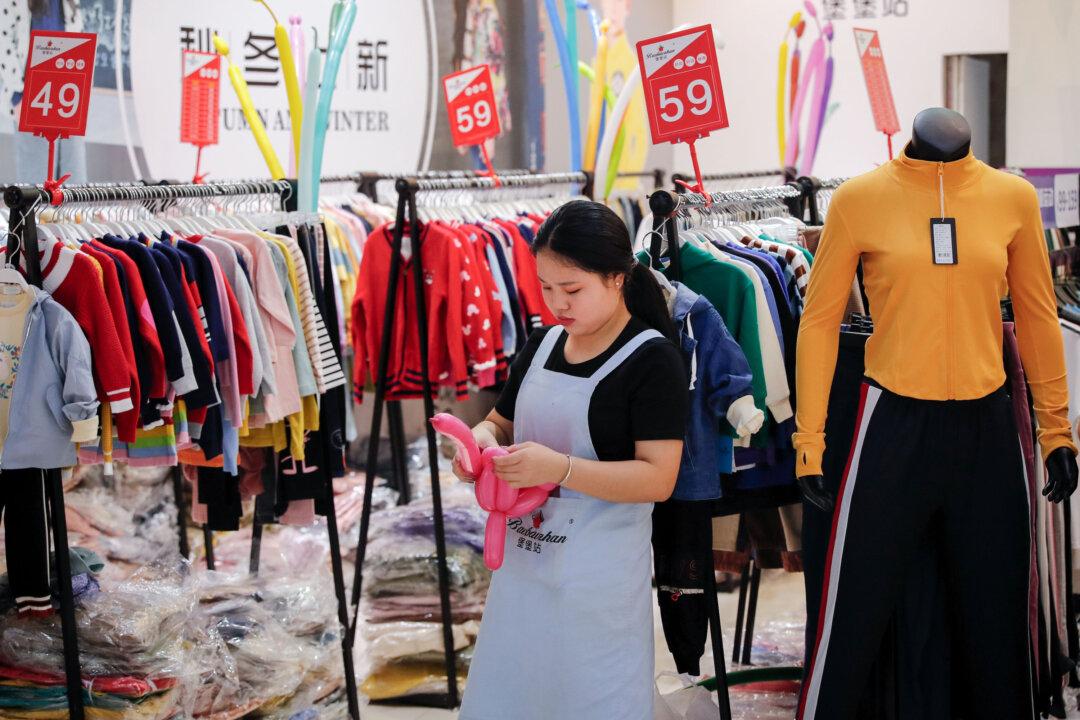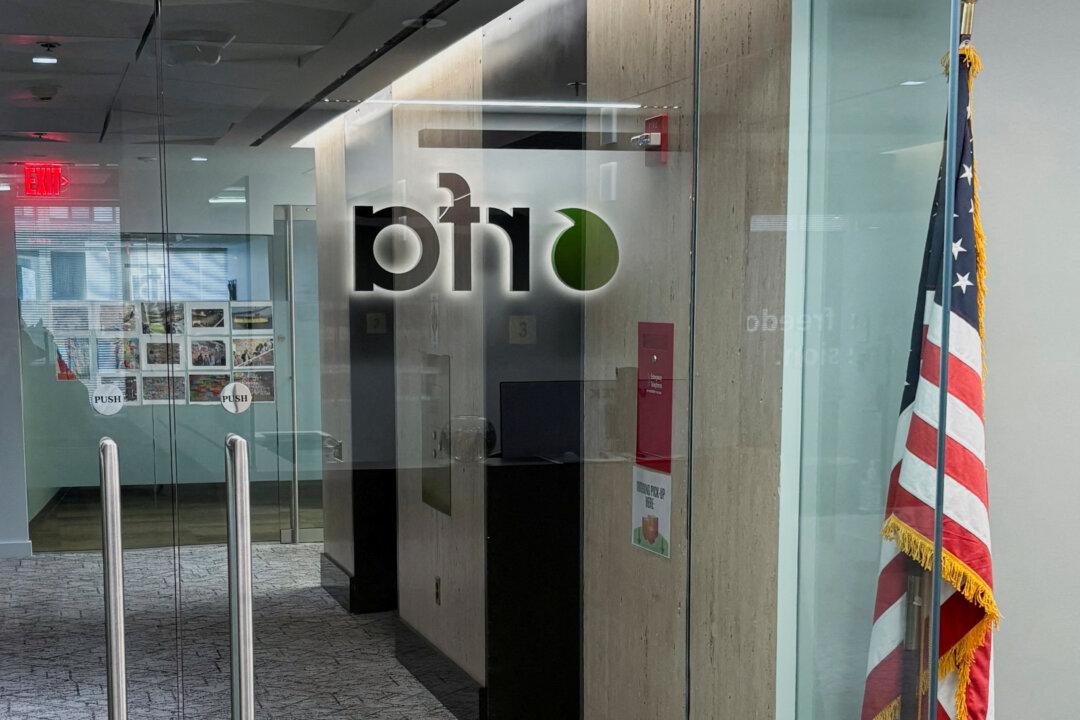Retail sales in two of China’s wealthiest cities—Beijing and Shanghai—fell sharply in March, casting fresh doubt on the strength of China’s domestic consumer demand.
The weak performance stands in contrast to the narrative in China’s state media, which has emphasized that strong consumer demand will enable China to withstand the increase in U.S. tariffs.
Beijing’s retail sales in March dropped 9.9 percent from the same period last year, while Shanghai experienced an even steeper decline of 14.1 percent, according to local government data released on April 18 and April 25, respectively.
These figures were disappointing for those who had hoped that March would deliver a strong rebound to offset the declines seen in the first two months of 2025. The poor results also highlight the broader challenges facing China’s centrally planned economy, particularly in stimulating consumer confidence.
In an attempt to revive domestic demand, Chinese authorities launched a nationwide trade-in program in March 2024, offering subsidies for households to upgrade items such as home appliances, cars, and electronics.
Despite these efforts, Beijing saw a 38.2 percent year-over-year decline in telecommunications equipment sales and a 20.2 percent drop in auto sales during the month. This reflects both the limited impact of policy support and deeper consumer anxiety, as evidenced by consumer confidence data showing year-on-year declines of 1.57 percent in January and 0.79 percent in February, according to East Money information, a financial data provider.
Category-specific data revealed that restaurant revenue fell 3.1 percent in March this year, following a 6.5 percent year-on-year decline in March 2024, underscoring the ongoing struggles of Beijing’s catering sector. Meanwhile, retail sales of goods in the capital dropped by 10.6 percent year over year, with high-ticket categories being a major drag.
One bright spot—a 28.5 percent surge in gold and jewelry sales—does not necessarily point to an optimistic trend. Instead, it signals public anxiety over China’s economic outlook, with consumers turning to traditional safe-haven assets amid increasing uncertainty.
Shanghai did not release category-specific retail data for March, but data for the first quarter of 2025 showed that auto sales posted the steepest decline, falling by 19.4 percent year over year.
Despite the poor performance in Beijing and Shanghai, the National Bureau of Statistics reported a 5.9 percent year-over-year growth in official nationwide retail sales for March. Many Chinese netizens questioned the accuracy of this figure, given the contraction in two of China’s most developed cities. Some commenters mocked the official data, blaming the bureau for habitually inflating data to paint a falsely optimistic picture of the economy.
Before China’s economic slowdown, growth was largely driven by three key forces—commonly referred to as the “three carriages”: investment, exports, and real estate. In recent years, the real estate sector has struggled with mounting debt and severe liquidity issues, while policy shifts and regulatory crackdowns have led to a sharp decline in foreign investment. More recently, new U.S. tariffs on Chinese goods have drastically weakened the country’s export sector.
With regard to China’s official retail data, Qin Peng, a U.S.-based current affairs commentator, once humorously said in his YouTube program: “Now, the traditional three carriages that have lost steam are being replaced by the new three carriages for China’s economic growth. They are the National Bureau of Statistics, the Central Propaganda Department and the Cyberspace Administration (China’s Internet censorship agency).”







